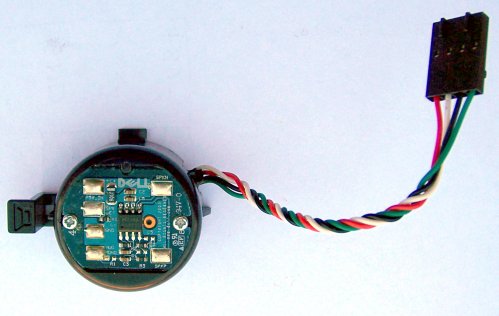Today’s Big Question cooks down to this: Is Bin Laden more valuable to Al Qaeda as a live leader or a dead martyr?
Hint: Name one Islamic martyr.
Here in the mostly unchurched West it’s easy to forget that Islam is an expression of radical monotheism. Islamic culture brooks no competitors to Allah, and takes the Old Testament proscription of “graven images” farther than any other major religion. It’s not about the images themselves, as we sometimes misunderstand, but about the underlying psychology of worship.
Catholicism’s great genius lay in absorbing the pagan cultures it converted rather than destroying them, and in consequence we revere saints and sometimes inanimate objects that are images of saints, are associated with saints (relics) or express sacred symbols. These are Christianized echoes of ancient polytheism, and looking at the myths of early Christianity, it’s easy to see the saints in the stories as small-g gods: They are larger-than-life because, well, they are larger than life, and have ascended into a graduated pantheon that from ancient times expressed the connectedness of humanity to the divine. A single, all-powerful God is a relatively recent addition to religious psychology, but Christianity simply placed God at the top of the pyramid, with all the saints below, revered but not worshipped. (I grant that drawing that line has always been a challenge.)
Here and now we’re comfortable with that, but a close reading of Eastern history shows the sometimes bloody tension between monotheism and these ancient echoes of polytheism. I just finished John Julius Norwich’s A Short History of Byzantium, which went into considerable detail about iconoclasm, a religious conflict that tore through the Byzantine Empire circa 750. People were killing one another over questions of what should be revered, and how. (I think it’s no coincidence that Islam itself appeared barely a century earlier.) Byzantium basically anathematized representational sculpture in the eighth century, and afterward confined religious artwork to painted (not graven; i.e., shaped or sculpted) images. This was a compromise. Many in the iconoclast faction at the time wanted no representational art at all.
Islam goes farther still. It reveres the ancient prophets (up to and including Mohammed, considered the greatest and the last) but demands that worship be directed to God and God only, and is constantly on guard against the temptation to idolatry. Living leaders provide inspiration and are given obedience, but once leaders die, they move into God’s territory, and some very strict rules begin to apply to those still on Earth. Revering a deceased leader too much begins to resemble idolatry, and Muslims have a very deep caution about idolatry.
We in the West don’t call it “hero worship” for nothing.
My thought is that Bin Laden’s death will be an inspiration to his followers, but not too much and not for long. He was a very bright guy, skillful and extremely lucky, and Al Qaeda will miss him sorely as a leader. His power as a martyr and a symbol will be limited, however, in a religion where history and hagiography are separated by a very bright line.
 I bought a Dell Optiplex GX620 USFF (Ultra-Small Form Factor) machine last week, and it came without an internal speaker. I didn’t know the speaker was optional until a machine turned up without one, but a look at my three SX280 USFF machines (built in exactly the same case) showed a very small plastic unit that pulls easily out of the chassis when you lift a plastic tab. It’s wired to the mobo through a conventional 4-pin header. And most interesting of all, it has circuitry on its back.
I bought a Dell Optiplex GX620 USFF (Ultra-Small Form Factor) machine last week, and it came without an internal speaker. I didn’t know the speaker was optional until a machine turned up without one, but a look at my three SX280 USFF machines (built in exactly the same case) showed a very small plastic unit that pulls easily out of the chassis when you lift a plastic tab. It’s wired to the mobo through a conventional 4-pin header. And most interesting of all, it has circuitry on its back.









